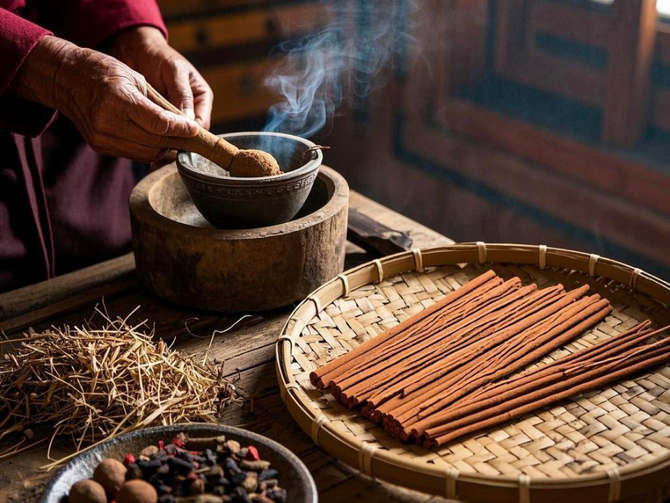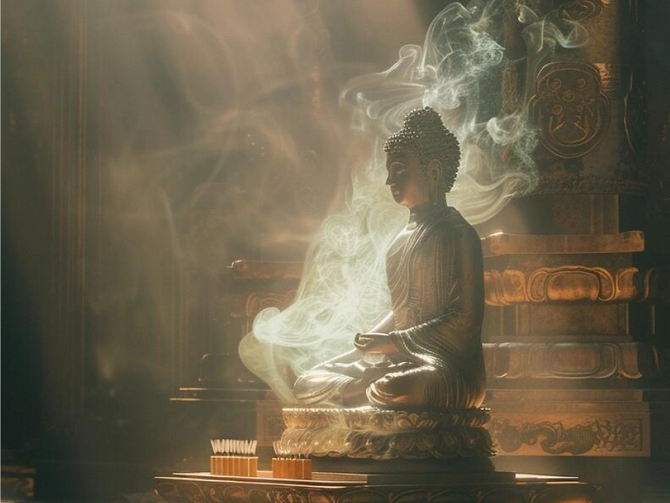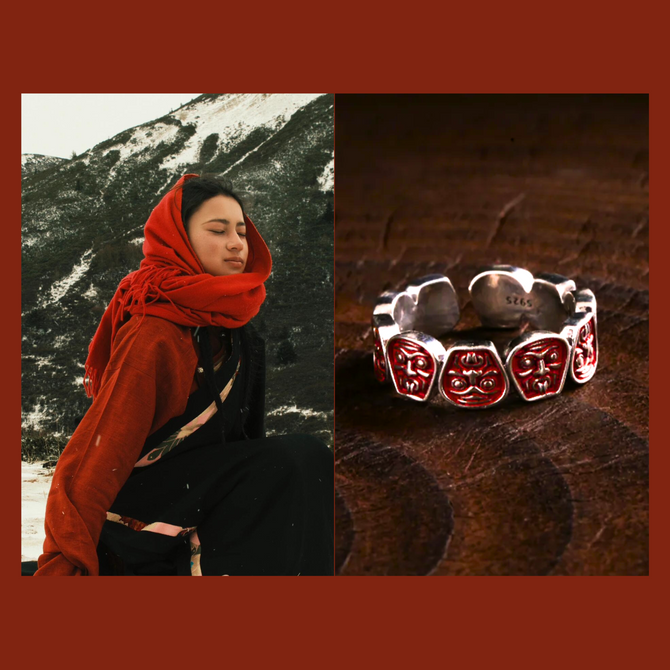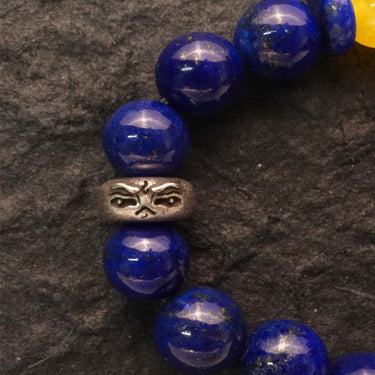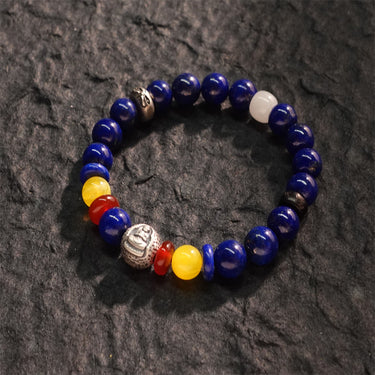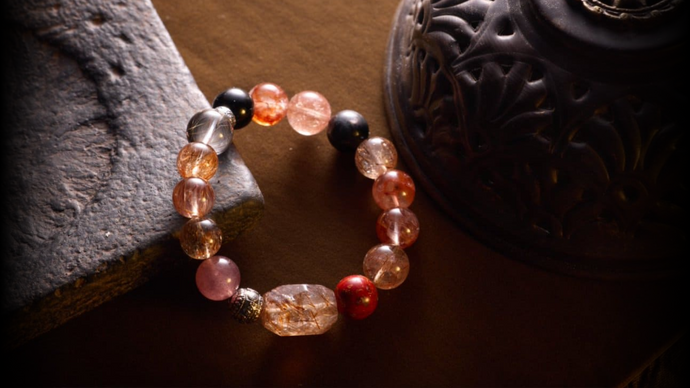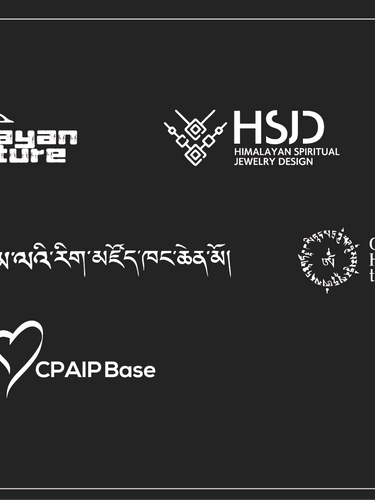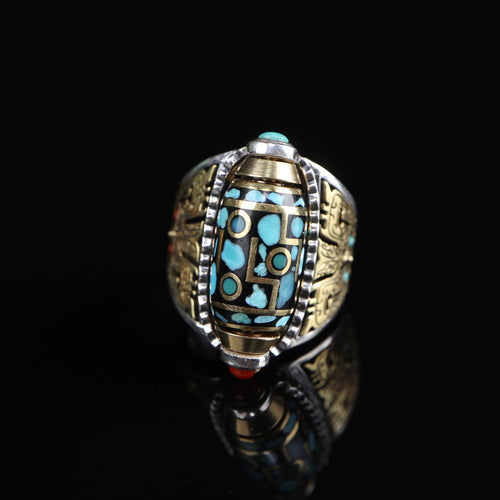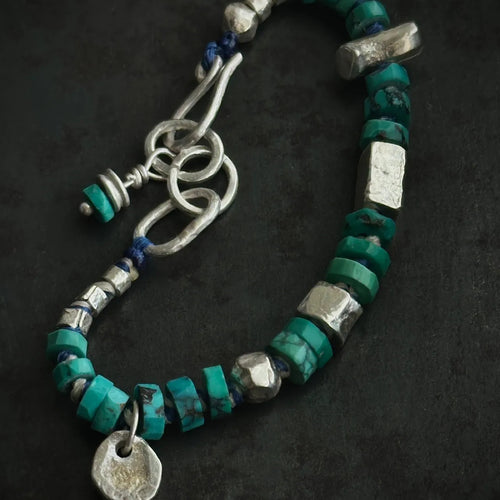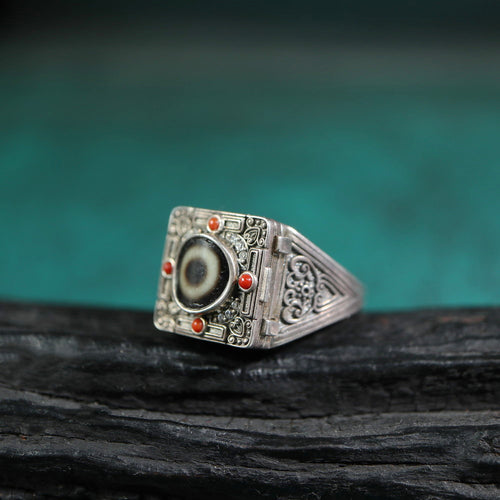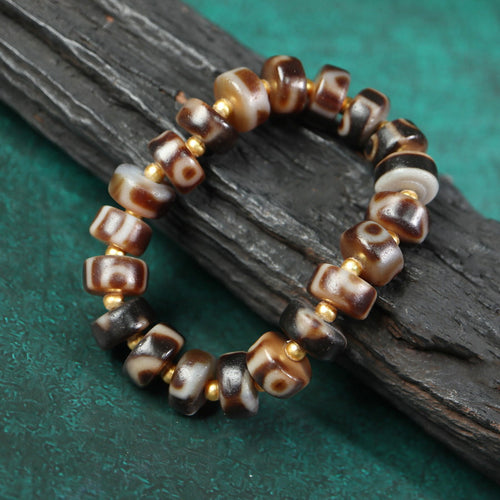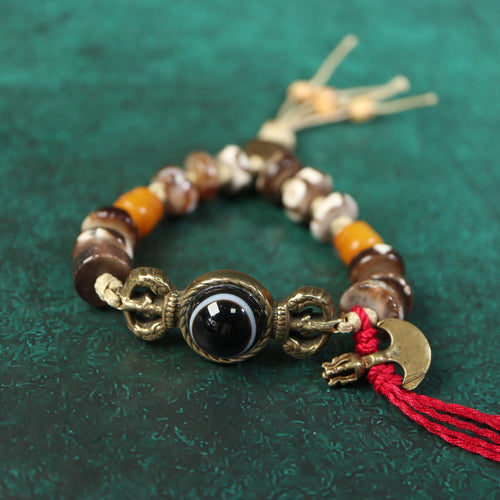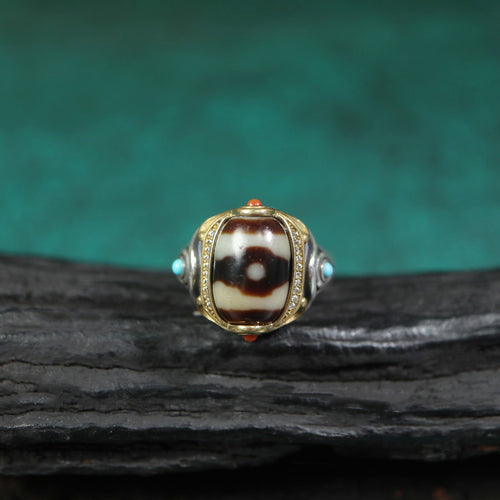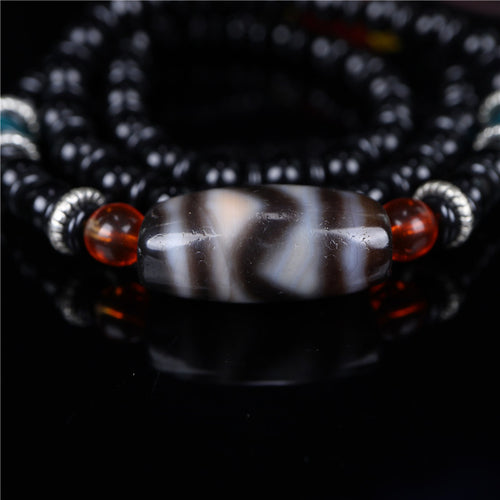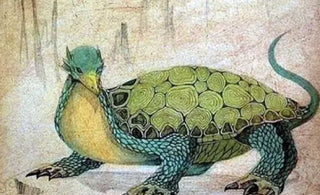
The crane, with its grace and elegance, has long been a cherished symbol in oriental art. At Oriental Aesthetics, we delve into the rich history and captivating folklore surrounding crane symbolism. Our commitment to providing systematic, high-quality professional services for oriental artists, collectors, and enthusiasts stems from our deep appreciation and love for classical oriental art. Join us on a journey to explore the fascinating origins and enduring significance of crane symbolism in this comprehensive article.
The Ancient Roots of Crane Symbolism
The symbolism of cranes dates back thousands of years, rooted in the ancient cultures of China, Japan, and Korea. In these countries, the crane is regarded as a sacred creature, embodying profound meanings and virtues. Its representation spans various art forms, including paintings, calligraphy, ceramics, and sculptures, capturing the essence of its symbolism in captivating ways.
Chinese Crane Symbolism: Longevity and Good Fortune
In Chinese art, the crane holds a revered status as a symbol of longevity and good fortune. The crane's association with these auspicious qualities can be traced back to ancient Chinese mythology and folklore. According to legends, cranes were believed to possess the ability to live for thousands of years, making them powerful symbols of longevity and immortality.
In Chinese culture, the wish for a long and prosperous life is highly valued. The crane, with its graceful and majestic presence, became the embodiment of this aspiration. Its depiction in art represents the desire for a life filled with blessings, abundance, and good health.
Chinese brush paintings beautifully capture the essence of crane symbolism. Artists skillfully depict cranes with precise and delicate brushwork, emphasizing their long, slender necks, outstretched wings, and slender legs. The symbolism extends beyond the physical representation, as the graceful movements and serene expressions of the cranes convey a sense of tranquility, peace, and harmony.
Cranes are often depicted alongside other auspicious symbols in Chinese art. The trio of cranes, pine trees, and bamboo, known as the "Three Friends of Winter," is a popular motif that represents the virtues of perseverance, strength, and nobility. The pine tree symbolizes longevity and endurance, while bamboo represents flexibility and resilience. Together, these symbols create a powerful visual narrative of a life filled with longevity, prosperity, and high moral character.
The use of ink washes in Chinese brush paintings adds depth and dimension to the depiction of cranes. The varying shades of ink, from deep black to subtle gray, create a sense of movement and flow, evoking the graceful flight of cranes. The incorporation of vibrant colors, such as red and gold, further enhances the auspicious nature of these artworks, symbolizing good luck, prosperity, and happiness.
Moreover, cranes are often portrayed in various contexts within Chinese art. They can be seen in natural landscapes, symbolizing the harmonious coexistence of humans and nature. Cranes are also depicted in pairs, representing marital bliss and eternal love. Additionally, cranes are often associated with immortals and heavenly realms, signifying the transcendence of earthly limitations and the pursuit of spiritual enlightenment.
The enduring presence of crane symbolism in Chinese art reflects the cultural significance attached to these majestic birds.
Japanese Crane Symbolism: Peace and Eternal Love
In Japanese art, cranes, known as "tsuru," are associated with peace, happiness, and eternal love. Considered sacred creatures, they are believed to possess the power to grant wishes and live for a thousand years. Folding a thousand origami cranes, known as "senbazuru," is a traditional practice believed to bring good fortune and healing. The origami crane has become a global symbol of peace and hope, reflecting the enduring impact of cranes on Japanese culture and art.
Japanese artists depict cranes in various art forms, including paintings, woodblock prints, and sculptures. The vibrant colors and intricate details in these artworks capture the essence of the crane's symbolism. The depiction of cranes in flight, with their wings gracefully extended, evokes a sense of freedom and transcendence, representing the pursuit of a prosperous and enlightened life.
Korean Crane Symbolism: Prosperity and Transformation
In Korean art, cranes symbolize prosperity, nobility, and transformation. They are often depicted in vibrant paintings, ceramics, and embroidery, showcasing their regal presence. The Korean belief in the transformative power of cranes is captured in the legend of the "Cranes of Suncheon Bay," where cranes transform into beautiful maidens to reward acts of kindness.
Korean artists portray the elegance of cranes through intricate brushwork and vibrant color palettes. The depiction of cranes in flight, with their wings gracefully extended, reflects a desire for prosperity and enlightenment. The use of gold leaf embellishments in traditional Korean art further enhances the luxurious and majestic aura of cranes.
The Universal Appeal of Crane Symbolism
Beyond their cultural significance in East Asia, crane symbolism resonates with people around the world. The grace, beauty, and symbolism of cranes transcend borders, attracting art lovers and enthusiasts from diverse backgrounds. The universal appeal of crane symbolism can be attributed to several factors that make these majestic birds an enduring source of fascination and inspiration.
One of the reasons for the universal appeal of crane symbolism is their inherent grace and elegance. Cranes are known for their long, slender necks, slender legs, and broad wingspan, which give them a striking and majestic presence. The fluid movements of cranes, whether gracefully gliding through the air or delicately stepping in shallow waters, captivate the imagination and evoke a sense of awe and admiration.
Furthermore, the symbolism associated with cranes resonates with universal human aspirations and values. The crane's association with longevity, good fortune, peace, and love transcends cultural boundaries. Regardless of one's cultural background, the desire for a long and prosperous life, inner peace, and harmonious relationships are shared aspirations that unite people worldwide. The symbolism of cranes provides a visual language to express these universal ideals.
Cranes have also become a global symbol of hope, resilience, and peace. The folding of origami cranes in Japanese culture, as a gesture of healing and goodwill, gained international recognition through the story of Sadako Sasaki and the Thousand Origami Cranes. This powerful symbol of peace and hope has spread beyond Japan and has been embraced by people around the world, especially in times of adversity and conflict.
In contemporary art, crane symbolism continues to captivate and inspire artists and audiences alike. Artists explore new techniques, materials, and perspectives to reinterpret crane symbolism in innovative ways. The fusion of traditional and modern elements creates a dynamic dialogue between the past and the present, bridging cultural traditions with contemporary artistic expressions.
At Oriental Aesthetics, we recognize and celebrate the universal appeal of crane symbolism. Our curated collection showcases a diverse range of crane-inspired artworks, encompassing traditional and contemporary interpretations. By providing top-tier professional services, we connect passionate individuals with exceptional oriental art pieces that embody the timeless allure and profound symbolism of cranes.
In conclusion, the universal appeal of crane symbolism lies in their inherent grace, their representation of universal ideals, and their ability to inspire hope and peace. Crane symbolism transcends cultural boundaries and continues to captivate art lovers and enthusiasts worldwide. At Oriental Aesthetics, we are dedicated to sharing the beauty and cultural significance of crane-inspired artworks, fostering a deeper appreciation for the enduring allure and profound symbolism of these magnificent birds.


